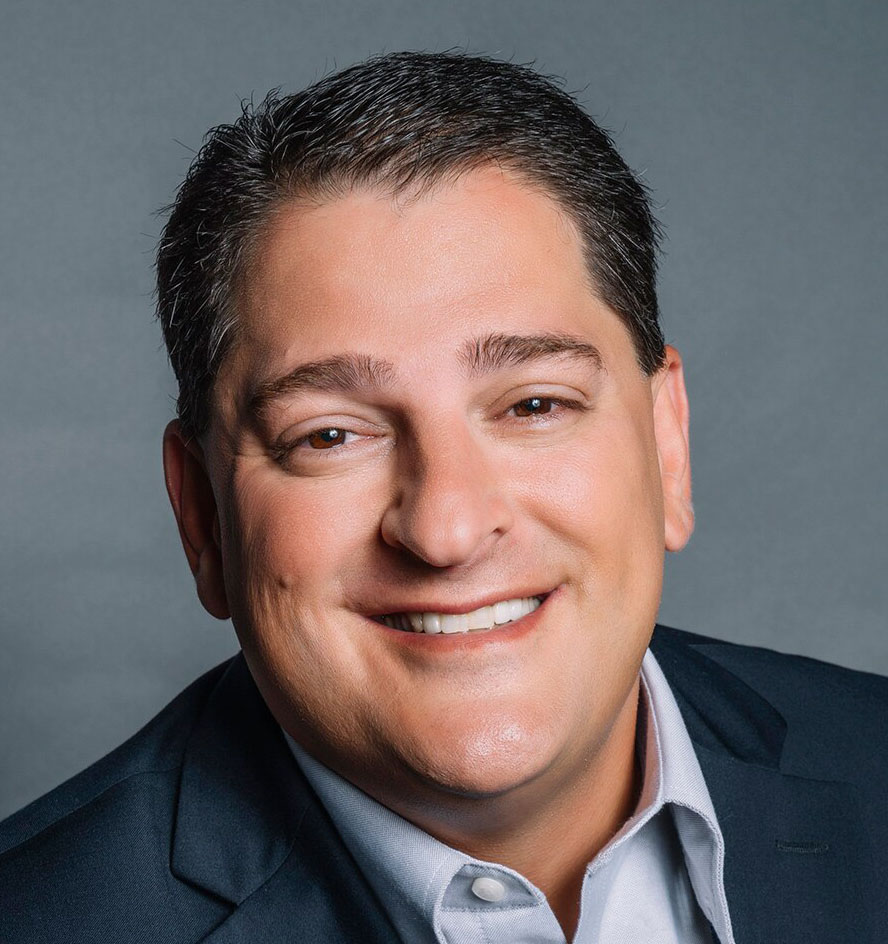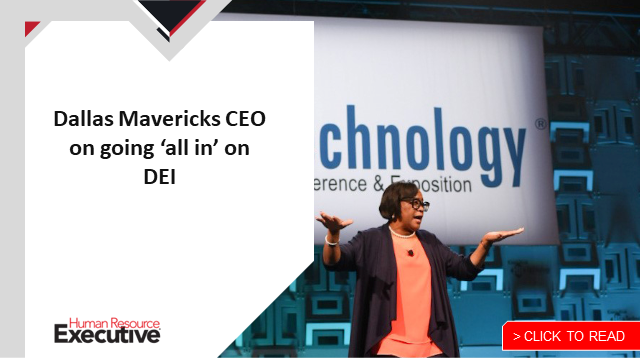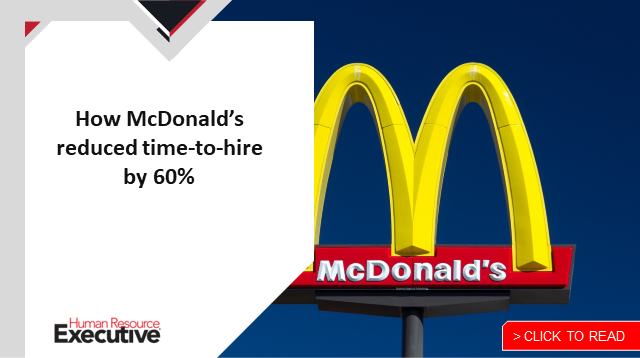Robert Gama is no stranger to change.
He joined semiconductor company AMD as corporate vice president of HR, moved into the chief talent officer role two years later and in 2018 was named senior vice president and CHRO, with a focus on global transformation throughout his tenure. One of the largest change-management projects involved the HR interests of AMD’s acquisition of semiconductor maker Xilinx, a deal that closed last year and is the largest ever in the semiconductor industry—bringing more than 5,000 people into the company. And, of course, there is the whirlwind of change the company has experienced during the COVID-19 pandemic.
Through those shifts, Gama says, he has sought to align HR priorities with business objectives and ensure empathy is embedded at the heart of both. Gama recently shared more of his strategy with HRE:
HRE: How different is the HR strategy at AMD today compared to when you joined almost 10 years ago, particularly given the shifts over the last three years?

Gama: I’m proud to say that, while the work may look different as AMD has gone through various transformations, the strategy remains the same. Employee voice is critical in growing the business and building a winning culture. HR leaders must continue to embrace a culture of listening closely and adapting.
When I joined the company 10 years ago, we worked to align the HR strategy with business objectives, pragmatically transforming HR and accelerating global growth. We embedded our HR Business Partners into the business, allowing us to keep our finger on the pulse of their wants and needs. We use HR tools and processes like the annual employee survey and Organizational Human Resources Plan (OHRP) to ensure we continually measure employee sentiment and maintain succession and development plans for our most impactful leaders.
I strongly believe that world-class HR programs do what the business needs when they need it. If you actively listen to the business, you are ready to respond rather than react to both internal and external fluctuations—whether that’s a global pandemic, economic shifts or rapid internal growth; you have the cultural tenets in place to be ready for it.
HRE: How has your own thinking about the value of the HR role evolved since the pandemic started?
 Gama: Trust and transparency have only gained momentum during the pandemic—people expect us to understand and care in new ways. It requires a shift in the way leaders show up and communicate our values. The pandemic, along with the abrupt shift to remote work, caused unprecedented challenges—both in the workplace and in the personal lives of each of our employees. We really relied on flexibility in our people managers and leadership network to support our workforce during this time. It was and continues to be important that we work with managers to remain connected to their team members. To support managers, various training and learning initiatives were rolled out on effectively leading virtual teams. As a result, employees expressed feelings of being seen and heard in new working environments as evidenced by overwhelming favorable feedback from our annual engagement survey.
Gama: Trust and transparency have only gained momentum during the pandemic—people expect us to understand and care in new ways. It requires a shift in the way leaders show up and communicate our values. The pandemic, along with the abrupt shift to remote work, caused unprecedented challenges—both in the workplace and in the personal lives of each of our employees. We really relied on flexibility in our people managers and leadership network to support our workforce during this time. It was and continues to be important that we work with managers to remain connected to their team members. To support managers, various training and learning initiatives were rolled out on effectively leading virtual teams. As a result, employees expressed feelings of being seen and heard in new working environments as evidenced by overwhelming favorable feedback from our annual engagement survey.
HRE: What has been the employee response to “Recharge Days”? And how does this initiative align with the organization’s overall approach to employee wellness?
Gama: During the pandemic, many employees chose to cancel or postpone their vacations. It was apparent that the lines between work and personal life became blurred and the risk of employee burnout was real.
To encourage employees to step away from work, we created a new global benefit, “Recharge Days”—a set of designated vacation days during which the whole business is encouraged to collectively take time off to ensure employees disconnect from work. Since the initiative, AMD has seen positive results: Over 80% of all employees booked time off during the first set of global Recharge Days. Feedback from the wider organization has highlighted how much employees appreciate opportunities to recharge. Due to the positive feedback, we have continued the program. In 2022, we designated three Fridays as Recharge Days, allowing employees to collectively enjoy a long weekend.
The pandemic has clearly shown how prioritizing employee wellbeing and mental health is critical to developing a resilient workplace. Whether through healthcare initiatives or promoting open lines of communication with leaders, when businesses promote health and wellbeing, it benefits employees in their work and personal lives while also boosting overall employee satisfaction.
HRE: Looking back on your involvement in the people side of the acquisition of Xilinx, what were some of the biggest bumps in the road in that project?
Gama: Mergers and acquisitions are full of opportunities and challenges—especially from an organizational and employee perspective. With the Xilinx acquisition, we welcomed over 5,000 new employees across the globe.
Early on, we recognized that cultural alignment is one of the most important factors for our combined success. We conducted a joint Culture Survey before the acquisition closed and we saw many common strengths between the two organizations: passion for building great products, strong focus on customers, innovation, execution excellence, commitment to the organization and each other, and a high level of collaboration with emphasis on the importance of inclusion. Fast-forward to six months after the deal closed, we rolled out an updated culture statement based on the combined organization: “We push the limits of innovation to solve the world’s most important challenges. We strive for execution excellence, while being direct, humble, collaborative and inclusive of diverse perspectives.” In our employee survey just completed in September, 96% of respondents agree or strongly agree that this rings true. The result gives us a great shared foundation to build from.
 The other big focus area as we move into the next six months is on how the work gets done. While we have alignment on how we treat each other, the two organizations have different processes, and we have an opportunity to better understand and improve our operating systems and principles to bring the best of both worlds together.
The other big focus area as we move into the next six months is on how the work gets done. While we have alignment on how we treat each other, the two organizations have different processes, and we have an opportunity to better understand and improve our operating systems and principles to bring the best of both worlds together.
HRE: What keeps you motivated outside of work?
Gama: Outside of work, I spend as much time with my family as I can. My girls are very active in sports so on any given weekend you will find me in the stands or on the sideline cheering and coaching my girls. My family is my life’s greatest joy.
The post How AMD’s CHRO is managing change with a focus on culture and empathy appeared first on HR Executive.